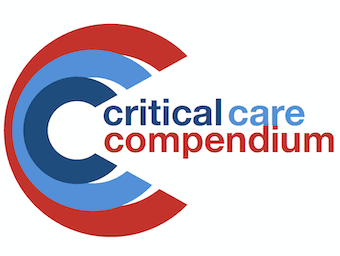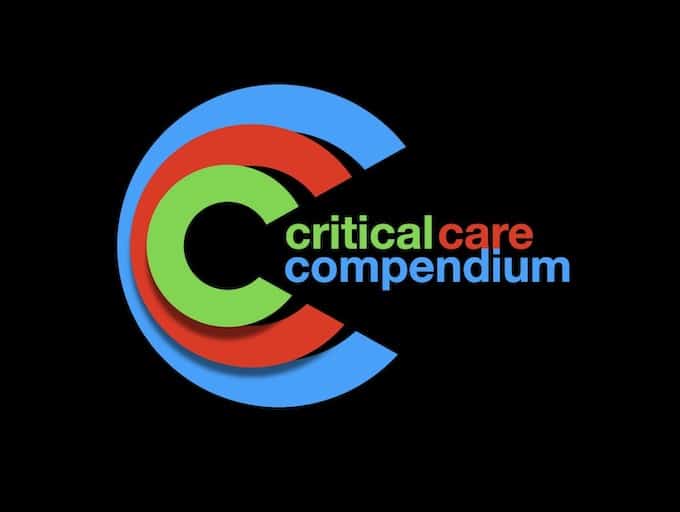
Renal replacement therapy Indications
Indications, timing and patient selection for RRT. Usual indications for RRT can be "renal" or "non-renal" - these can be summarised using the UFAKE mnemonic
The LITFL Critical Care Compendium is a comprehensive collection of pages concisely covering the core topics and controversies of critical care.

Indications, timing and patient selection for RRT. Usual indications for RRT can be "renal" or "non-renal" - these can be summarised using the UFAKE mnemonic

Agonist at glucagon-specific Gs-protein coupled receptor, activates adenylyl cyclase resulting in increased [cAMP]i

Severe calcium channel blocker toxicity is highly lethal, as a result of cardiovascular collapse. Good outcomes can be achieved through aggressive treatment and provision of circulatory support

Floppy infants have globally decreased muscle tone, but can be either 'weak' or 'strong' corresponding to lower or upper motor neuron lesions respectively.

Intracranial Structures That Exhibit Contrast Enhancement. CT Head with contrast is usually performed to identify mass lesions or vascular abnormalities.

Exophthalmos is abnormal protrusion of the eyeball or eyeballs. Differential diagnosis

Differential diagnosis of eye trauma. Trauma can result in a range of injuries, both blunt and penetrating.

Transpulmonary pressure (TPP) is the net distending pressure applied to the lung by contraction of the inspiratory muscles or by positive-pressure ventilation

OVERVIEWPatient-Ventilator Dyssynchrony occurs when the patient’s demands are not met by the ventilator, resulting from problems with: VENTILATION STRATEGIES Total Ventilator-controlled Mechanical Support: Partial Patient-Controlled Mechanical Support: CAUSES Patient factors Ventilator factors TYPES OF VENTILATOR DYSSYNCHRONY Ineffective triggering Inappropriate triggering…

De-escalation: Determine if safe for medical intervention. Determine cause - usually delirium with an underlying medical cause, substance abuse or withdrawal or psychiatric disorders

Reviewed and revised 30 July 2014 OVERVIEW INDICATIONS CONTRA-INDICATIONS ASSESSMENT APPROACH TO PHYSICAL RESTRAINT Exclude other therapeutic options first Ensure safety at all times Prepare physical restraint team Initiate manual restraint During manual restraint Monitoring (according to depth of sedation) may…

Traditional ATLS teaching was that a digital rectal exam (DRE) is mandatory in trauma patients: “a finger or tube in every orifice”. This is no longer the case.